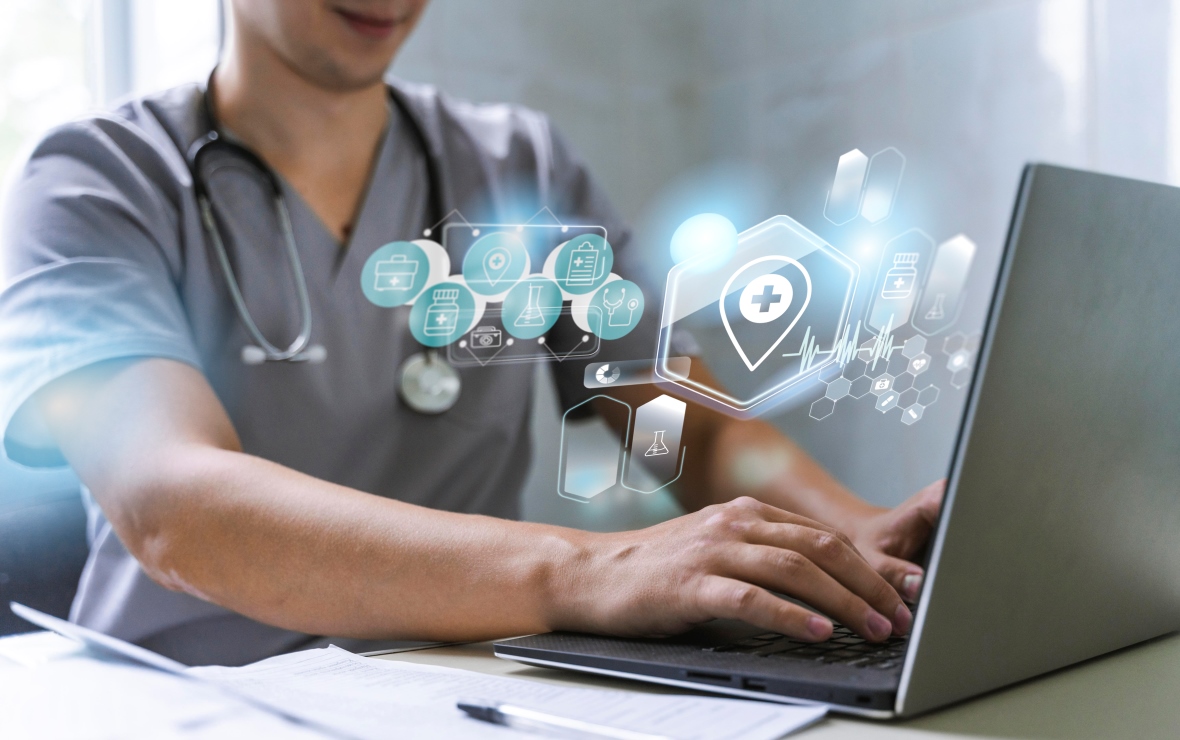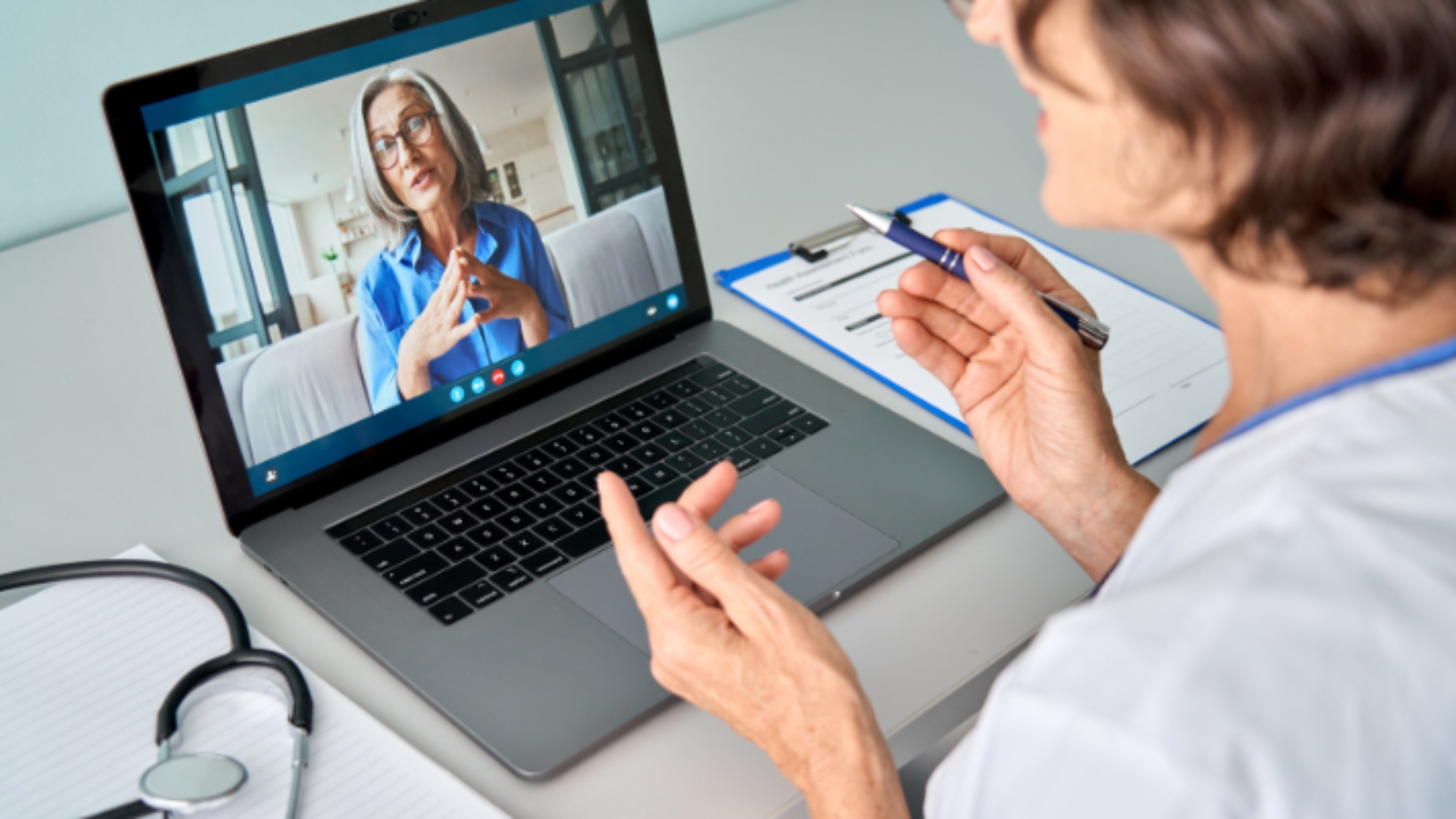
The landscape of workplace safety oversight has undergone a dramatic transformation as remote monitoring technologies reshape how organizations track, analyze, and respond to environmental, health, and safety conditions. This evolution extends far beyond simple data collection, fundamentally altering the relationship between safety professionals and the environments they protect. The shift represents a movement from periodic inspections and reactive responses toward continuous awareness and proactive intervention.
Eyes Everywhere, All the Time
Traditional safety monitoring relied heavily on scheduled inspections, periodic assessments, and incident reporting after problems occurred. This approach created significant blind spots during periods when safety personnel weren’t physically present, leaving organizations vulnerable to developing hazards that could escalate into serious incidents. Remote monitoring eliminates these temporal gaps by providing continuous surveillance of critical safety parameters.
Modern sensor networks can simultaneously track air quality, noise levels, temperature fluctuations, equipment vibrations, and worker movements across multiple locations. This comprehensive coverage reveals patterns and correlations that human observers might miss during brief site visits. For instance, subtle changes in equipment performance often precede mechanical failures, while gradual environmental shifts can indicate developing hazardous conditions long before they become immediately dangerous.
The continuous nature of remote monitoring also captures safety performance during different operational phases, weather conditions, and staffing levels. This comprehensive view helps organizations understand how various factors influence safety outcomes, enabling more targeted interventions and resource allocation decisions. Night shifts, weekend operations, and emergency situations all generate valuable safety data that was previously difficult to obtain systematically.
Turning Data Into Actionable Intelligence
The value of remote monitoring extends far beyond data collection, encompassing sophisticated analysis capabilities that transform raw information into practical safety insights. Advanced algorithms can identify subtle patterns indicating emerging risks, predict equipment failures before they occur, and recommend specific interventions based on historical performance data. This analytical power enables safety professionals to move from reactive problem-solving toward predictive risk management.
Machine learning systems become more accurate over time as they process additional data from various operational scenarios. These systems can distinguish between normal operational variations and genuine safety concerns, reducing false alarms while ensuring that real hazards receive immediate attention. The learning capability means that monitoring systems continuously improve their ability to identify site-specific risks and operational patterns.
Real-time analysis also enables immediate response to developing situations. When monitoring systems detect conditions that exceed predetermined safety thresholds, they can automatically trigger alerts, initiate protective systems, or even shut down equipment to prevent incidents. This automated response capability provides crucial protection during periods when human oversight might be limited or delayed.
Breaking Down Geographic Barriers
Remote monitoring capabilities have proven particularly valuable for organizations operating across multiple locations or managing distributed workforces. Safety professionals can now maintain oversight of numerous sites simultaneously, ensuring consistent safety standards regardless of physical distance or local resource availability. This centralized monitoring approach helps organizations achieve uniform safety performance across their entire operational footprint.
The geographic reach of remote monitoring becomes especially important for organizations with facilities in remote locations where safety expertise might not be readily available. Specialists located in central offices can provide immediate guidance and support to field personnel dealing with safety challenges, effectively extending expert knowledge to locations that might otherwise lack adequate safety resources.
Multi-site monitoring also enables comparative analysis between different locations, helping organizations identify best practices and problematic patterns across their operations. Facilities with superior safety performance can serve as models for others, while locations experiencing difficulties can receive targeted support and interventions. This comparative approach accelerates safety improvements across entire organizational networks.

Empowering Workers Through Visibility
Remote monitoring systems increasingly incorporate features that provide workers with direct access to safety information about their immediate work environment. Personal monitoring devices can alert individuals to developing hazards, track their exposure to various risk factors, and provide real-time feedback about safety performance. This individual-level monitoring empowers workers to make informed decisions about their activities and protective measures.
Wearable monitoring devices can track worker location, movement patterns, and physiological indicators that might signal fatigue, heat stress, or other health concerns. This personal monitoring capability helps identify individual risk factors that traditional area monitoring might miss, enabling more personalized safety interventions and protective measures.
The visibility provided by personal monitoring also encourages safer behavior by making workers more aware of their risk exposure and safety performance. When people can see how their actions affect their safety metrics, they often naturally adopt more protective behaviors. This self-awareness creates positive feedback loops that reinforce safe work practices without requiring constant supervision.
Transforming High-Risk Environments
EHS construction sites represent some of the most challenging environments for safety monitoring, with constantly changing conditions, multiple contractors, and inherently dangerous activities occurring simultaneously. Remote monitoring systems have revolutionized safety oversight in these dynamic environments by providing continuous visibility into conditions that traditional inspection methods could only capture intermittently.
Construction site monitoring can track everything from structural stability and equipment operation to worker location and environmental conditions across the entire project area. This comprehensive monitoring becomes particularly valuable during critical operations like excavation, concrete pours, or structural assembly where conditions can change rapidly and safety margins are narrow. Real-time monitoring enables immediate response to developing problems before they escalate into serious incidents.
The integration of monitoring data with project management systems also helps construction teams identify correlations between safety performance and operational factors such as schedule pressure, weather conditions, or crew composition. This analytical capability enables more effective planning and resource allocation to maintain safety standards throughout project lifecycles.
Regulatory Compliance in Real Time
Remote monitoring systems are transforming regulatory compliance from periodic reporting exercises into continuous demonstration of safety performance. Automated data collection and reporting capabilities ensure that compliance documentation remains current and accurate, reducing the administrative burden on safety personnel while improving the quality of regulatory submissions.
Continuous monitoring also provides organizations with early warning when conditions approach regulatory limits, enabling proactive adjustments before violations occur. This predictive compliance capability helps organizations maintain better relationships with regulatory agencies while avoiding penalties and operational disruptions associated with compliance failures.
The detailed documentation provided by remote monitoring systems also proves valuable during regulatory inspections and incident investigations. Comprehensive historical data helps demonstrate organizational commitment to safety while providing objective evidence about conditions leading up to any incidents or compliance issues.
Conclusion
Remote monitoring represents a fundamental shift in how organizations approach environmental, health, and safety management, moving from periodic assessments toward continuous oversight and predictive intervention. This transformation extends beyond technological advancement to encompass new approaches to risk management, regulatory compliance, and worker protection that were previously impossible to achieve consistently.
The true value of remote monitoring lies not in the technology itself but in how it enables more effective safety decision-making across all organizational levels. From individual workers making moment-to-moment choices about protective measures to executives allocating resources for safety improvements, remote monitoring provides the information necessary for informed decisions that genuinely improve safety outcomes.
As monitoring technologies continue to evolve, their integration with artificial intelligence, predictive analytics, and automated response systems will further enhance their ability to prevent incidents and protect workers. Organizations that embrace these capabilities while maintaining focus on practical safety outcomes will achieve competitive advantages through improved operational reliability, regulatory compliance, and workforce protection.
The revolution in EHS compliance through remote monitoring ultimately represents a shift toward more proactive, data-driven safety management that protects workers more effectively while reducing operational risks and compliance burdens. This transformation requires thoughtful implementation and ongoing commitment to translating technological capabilities into genuine safety improvements.




